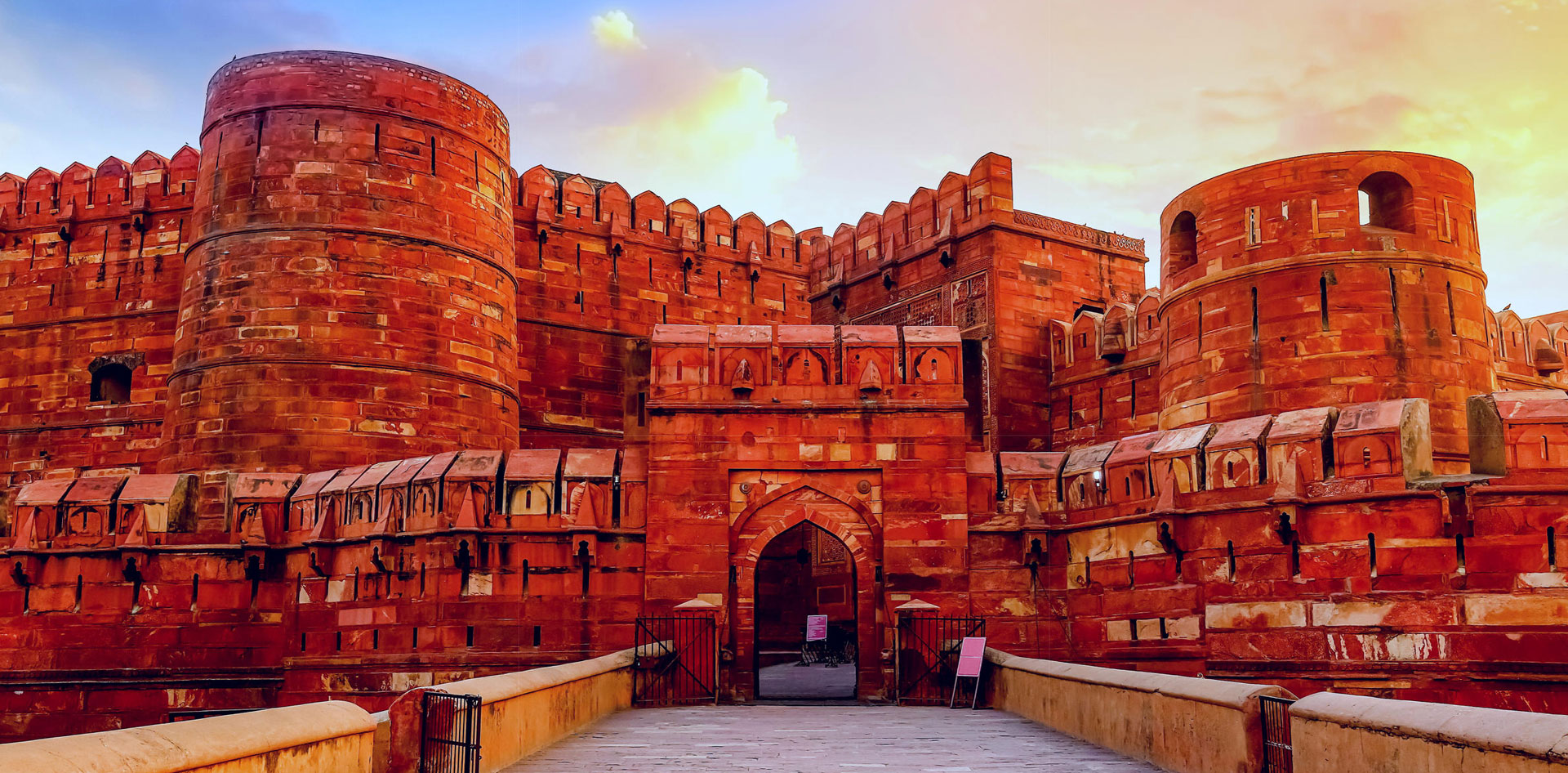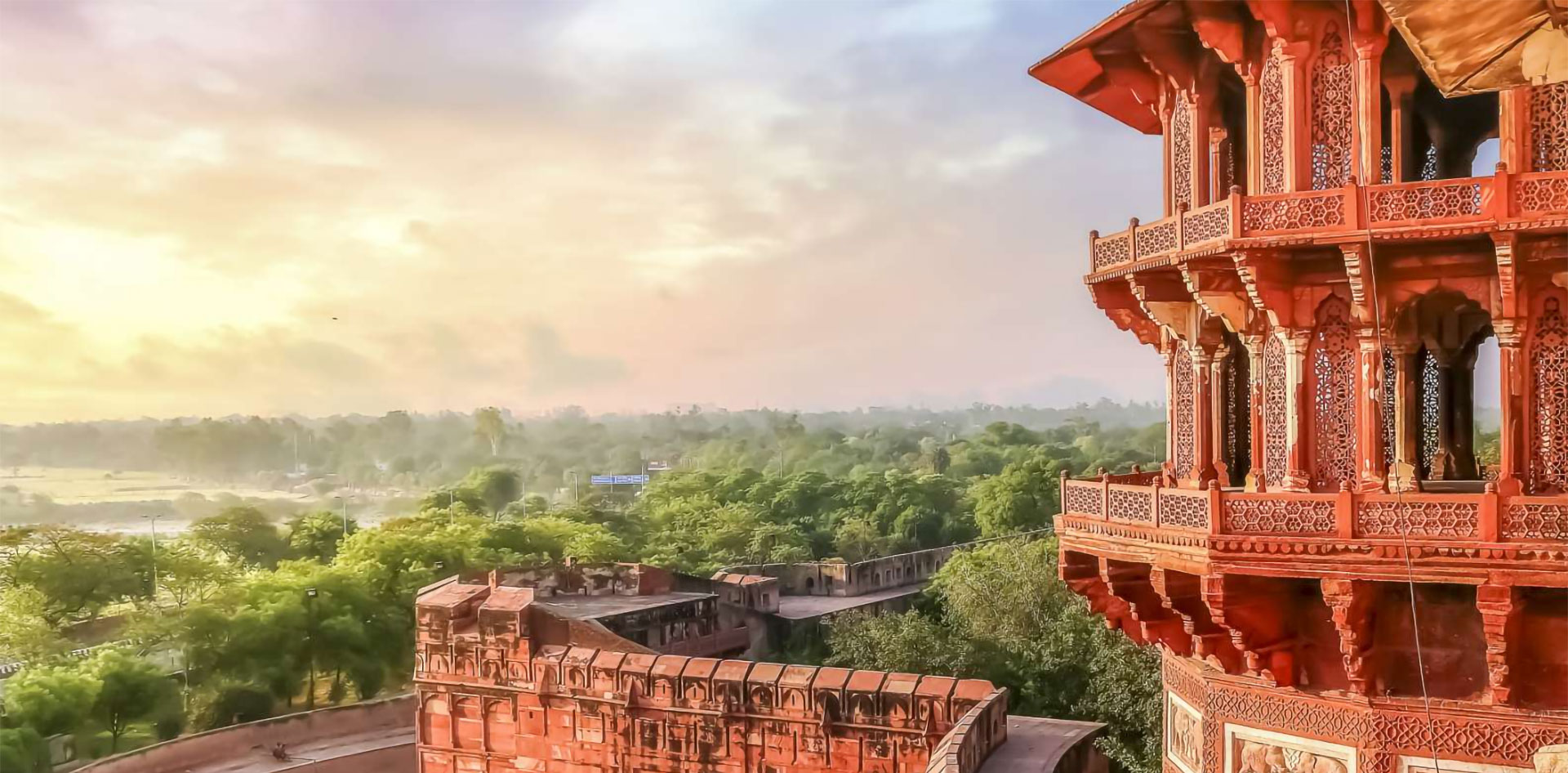

Buddhist Monuments at Sanchi
Sanchi, variously known as Kakanaya, Kakanava, Kakanadabota and Bota-Sriparvata in ancient times, has a singular distinction of having remarkable specimen of Buddhist art and architecture right from the early Mauryan period (c. third century BC to twelfth century AD). Sanchi is famous in the world for stupas, monolithic Asokan pillar, temples, monasteries and sculptural wealth.
During Sunga times, several edifices were raised at Sanchi and its surrounding hills. The Asokan stupa was enlarged and faced with stones and decorated with balustrades, staircases and a harmika on the top.
In the first century BC the Andhra-Satavahanas, who had extended their sway over the eastern Malwa, caused the elaborately carved gateways to Stupa 1. The Great Stupa of Sanchi displays an austere grandeur and the exquisite carvings of the doorway depict in detail the significant episodes and miracles from Lord Buddha’s life and events depicted in the Buddhist Jataka stories.
The reconstruction of Temple 40 and erection of Stupas 2 and 3 also seem to date back around the same time.
From the second to fourth century AD Sanchi and Vidisha came under the Kushanas and Kshatrapas and subsequently passed on to the hands of the Guptas. During the Gupta period some temples were also built and sculptures were added displaying the classical grace and simplicity of the era. Further, statues of Lord Buddha seated in the canopies facing the four entrances of the Great Stupa were also added. Sanchi also flourished during the 7th – 12th centuries A.D. when shrines and monasteries were continued to be added. Thus Sanchi displays harmonious co-existence of Hindu and Buddhist faiths.
Since the fourteenth century Sanchi remained deserted and uncared for till 1818 when General Taylor rediscovered the site. Sir John Marshall established an archaeological museum in 1919, which was later transformed into the present site museum at Sanchi.
Presently under an UNESCO project Sanchi and Satdhara, a Buddhist site, 10 km south-east of Sanchi, is being further excavated, conserved and environmentally developed.
- OPENING HOURS – Sunrise to Sunset
Entry Fee: (Free entry:) Children below 15 years
(Bangladesh, Nepal, Bhutan, Sri Lanka, Pakistan, Maldives and Afghanistan) and BIMSTEC Countries (Bangladesh, Nepal, Bhutan, Sri Lanka, Thailand and Myanmar) – Rs. 40 per head.
Other Foreign Visitor: Total Rs.600/-
 Home
Home




